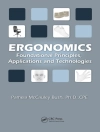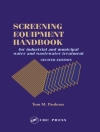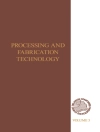’Nasty Machines’ offers a compelling exploration of engineering failures and their pivotal role in shaping modern safety standards and technological innovation. This comprehensive work examines how mechanical and electrical disasters, from industrial catastrophes to everyday appliance malfunctions, have paradoxically driven engineering progress through a process of 'productive failure.’
The book uniquely frames technological mishaps not as mere setbacks but as crucial catalysts for improvement in engineering practices. Through a carefully structured approach spanning three main sections, the narrative progresses from historical mechanical failures to electrical system disasters, ultimately examining contemporary safety engineering practices. Each chapter expertly pairs specific incidents with their resulting innovations, creating a clear cause-and-effect relationship that demonstrates how current safety protocols emerged from past catastrophes.
The book draws from an impressive array of primary sources, including previously unreleased industrial documentation and archived engineering specifications. What sets this work apart is its systematic analysis of how engineering failures have influenced workplace safety, environmental protection, and public policy. While maintaining technical accuracy, the content remains accessible through practical examples and case studies, making it valuable for both engineering professionals and general readers interested in technological history.
The book’s examination of risk assessment methodologies and failure prevention strategies provides crucial insights for current practitioners while emphasizing the delicate balance between innovation and safety in engineering advancement.












